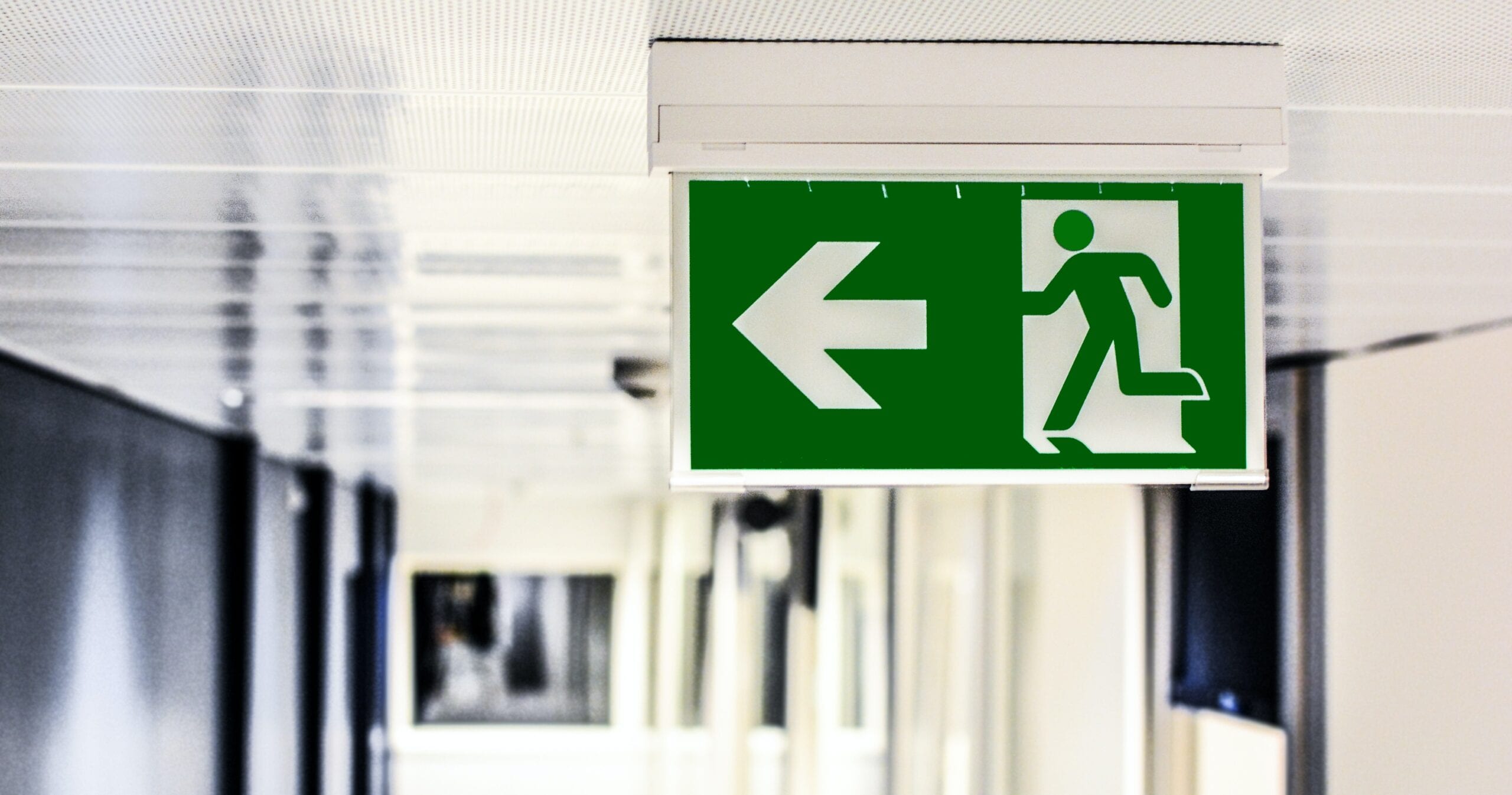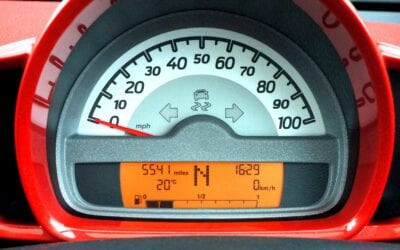There are 5 ways to get out of a lease early.
1. Pay out the contract + residual value
This is the most straightforward way to get out of a lease – you simply buy it out. There are 3 different pieces that make up the payout amount:
- Contractual obligation – this is the number of payments remaining on the lease term. For example, if you are 2 years (24 months) into a 4 year lease (48 months) then you would have 24 monthly payments remaining on the contract.
- Residual value – this is the value that you DON’T pay during the lease. It is the amount you would have to pay at the end of the lease if you wanted to keep the vehicle.
- Taxes – you don’t pay taxes in full when you lease. You only pay them per individual payment. Whatever the balance is of the remainder of the contract plus the residual value is the amount you pay taxes on.
Example:
You took out a lease for 48 months (4 years) with a monthly payment of $300 taxes included.
The residual value of your lease was $10,000.
You are 2 years into the lease and now want to buy it out. You would have to pay:
24 (months remaining) x $300 (current taxes included payment) = $7,200
$10,000 (residual value) + 15% tax = $11,500
$11,500 + $7,200 = $18,700
2. Find someone to take over the lease
This is usually the best option if you’re able to find someone that wants to take over the lease. The easiest way to think about it is that you’re literally swapping out your name on the lease contract with the new person’s.
In order for this to work the person that wants to take over your lease must submit a credit application the same way you did when you originally leased the vehicle. Once they’re approved the lease gets transferred into their name exactly as it was in yours. That means that the payments, terms, and kilometer allowance all stay exactly the same. They literally pick up where you left off until the lease matures as scheduled.
The details of the original contract stay the same. A contract cannot be changed once it is executed.
After being approved, the new person will have to provide some administrative documents such as:
- A void cheque with their banking information
- A registration in their name instead of yours
- Proof of insurance in their name
3. Sell the car privately
Instead of finding someone to take over the lease you also have the option to sell the car to them. Technically, you have to purchase the car from the manufacturer and then sell it to the person that wants to buy it.
Example:
Let’s use the numbers from our example above. We’ve already determined that it will cost us $18,700 taxes included to buyout the lease.
You can sell the car for whatever amount you want. The bottom line is that the manufacturer needs to be paid this $18,700. If you can get more than that for the car, you can keep the excess. If you get less, then you have to pay the difference.
Let’s look at two scenarios:
Sell the car for $20,000 – If you sell your car for $20,000 you must pay the manufacturer the $18,700 and complete the necessary paperwork to transfer ownership. Because you sold the car for $1,300 more than was needed to buy it out, you may keep this money ($20,000 (sale price) – $18,700 (buyout) = $1,300 leftover).
Sell the car for $16,000 – If you sell the car for less than the $18,700 needed then you must pay the difference. In this example, you would be $2,700 short from the sale of the car. You must pay that $2,700 + the $16,000 from the sale price to the manufacturer and then complete all the necessary paperwork to transfer the ownership ($18,700 (buyout) – $16,000 (sale price) = $2,700 left owing).
4. Trade the vehicle in at a dealership
If your needs have changed or you are looking to get a smaller payment you do have the option of trading the car in at a dealership. It does not have to be the same dealership you leased your car from.
The dealership will go through the same process as if you had financed your car.
They will do an appraisal on your car to see what it is currently worth and then compare that to what it will cost them to buy out the lease.
Example:
Let’s use our previous example again. The contractual obligation is comprised of 24 monthly payments remaining at $260 per payment ($300 (taxes included) / 15% (tax rate) = $260). $260 x 24 = $6,240.
The residual value is $10,000.
Therefore our buyout is $16,240 for the dealership you are looking at trade in at.
When the dealership goes to pay out the lease they will have to pay the manufacturer taxes. Dealers don’t factor the taxes into the buyout cost because they can recoup them later.
Let’s say the dealership gives you a trade in value of $15,000.
$15,000 – $16,240 = – $1,240.
This means that there will be $1,240 still owing from your original lease that will get refinanced into the new lease/loan.
You also have the option of paying the $1,240 in the difference out of your pocket and starting a new lease/loan from scratch.
5. Return the vehicle to the manufacturer
The final option is to return the leased vehicle to the manufacturer. This is technically considered a voluntary repossession. Basically, you’re breaking the contract by returning the vehicle and not making any more payments.
The manufacturer will then sell the vehicle at auction to recover as much as they can.
If they are unable to get the full balance of the buyout, they may send you a liability statement for the difference. Each lender is different and how lenders choose to pursue your situation is at their discretion. Some may just write off the balance and move on, while others will try to collect any shortfalls from you.
Example:
Let’s use our previous example. The buyout is $18,700.
If the manufacturer only gets $15,000 for the car at auction then they may send you a bill for the difference. In this case, you would receive a bill for $3,700.
Other lenders may simply write this $3,700 off and you will not be sent a bill.
It’s very important to note that if you have to do this it will damage your credit. The manufacturer (lender) will report a repossession to your credit bureau and possibly a write off.
This will lower your credit score and make it more difficult to obtain other credit products in the future.



